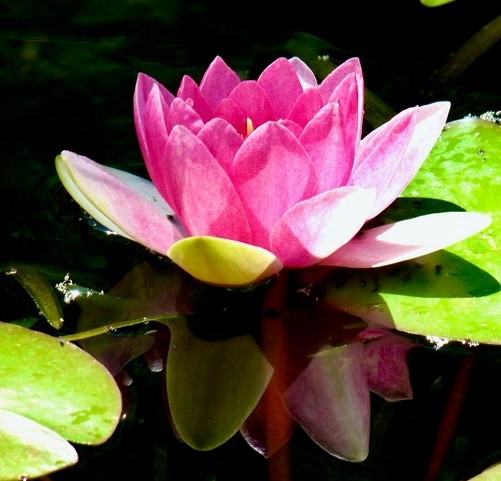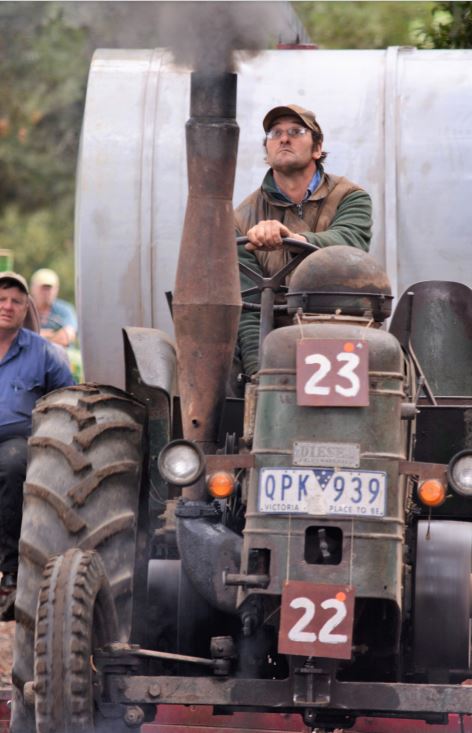February 9th, 2022Glen, about the house
Water features
“Hey Glen, my water feature is about to have its first water plants – water lilies (nymphaea hybrid pink), and swamp ludwigia (ludwigia palustris). I’m considering repotting into larger pots and I am asking how to make up a good mix for each drainable pot. The idea is then for a long period of little maintenance.
Stefan.”
Stefan, the news is all good. Aquatic plants are a great addition for the garden. Whether destined for a life in a water-filled bowl, bath tub, pond or even a ‘bog garden’, they just need a stable anchorage for their roots and with easy access to nourishment and clear water.
When it comes to choosing the soil/compost mix, like orchid fanciers, everyone has their own best blend. But really almost anything goes – just as long as it’s stable, won’t leach out into the surrounding water, or drift off up to the surface, leaving the roots bare. Most importantly it must provide a ready source of organic nourishment for the roots. No chemicals, either fertiliser or insecticidal. Everything that goes into the water, stays and infects the water, and consequently the plants.
I’m led to believe that one useful potting mixture would consist of a blend of coarse sand or small pebbles for the base, then a good layer of well-rotted cow manure or compost topped with a quality potting mix. And all covered with a generous layer of coarse sand or fine gravel to keep everything from floating away. At least that’s what my grandfather told me and he specialised in aquatic plants and pond fish during his long reign in the family nursery.
As for containers, he used the wire hanging plant baskets with a hessian lining as a perfect method to hold everything together. These days we have those ready-made fibre liners to do the job. As an alternative, there are plastic pots of all sizes with slotted sides available at most garden outlets. But be sure to put in a fine net lining to prevent losing the soil, something like non-rotting shade cloth will do.
If you are planning to keep your newly repotted plants intact for two or three years, be sure to use containers at least three times the size of the existing ones to allow for future plant growth.
When placing the plants into your pool, be conscious of the depth of water above the new plants. The ludwigia, with their long frond-like foliage are quite content to find their way to the surface, but nymphaeas (pictured above) need a little help although grow naturally until their lilypads and flowers can float majestically on the surface.
Once established, the water lily should be submerged to a final depth of between 30 and 60cm, a depth that will allow the new leaves to reach the pond’s surface.
It may be necessary to give them a helping hand by building an adjustable plinth with bricks until they reach the desired height.
A water feature, in any size, shape or form can add a new dimension to your garden, providing colour and movement, if you add a few fish. And even gentle sounds if there is movement added to the water.
It can be as simple as a large water-filled urn or old concrete trough, filled with waterlilies and other favourite plants or a glamorous, landscaped pond. If well planted and given the right setting, water features are easy to look after and a joy to behold. I’ll tell you how to create and maintain yours next time.
Got a gardening question: Email glenzgarden@gmail.com










